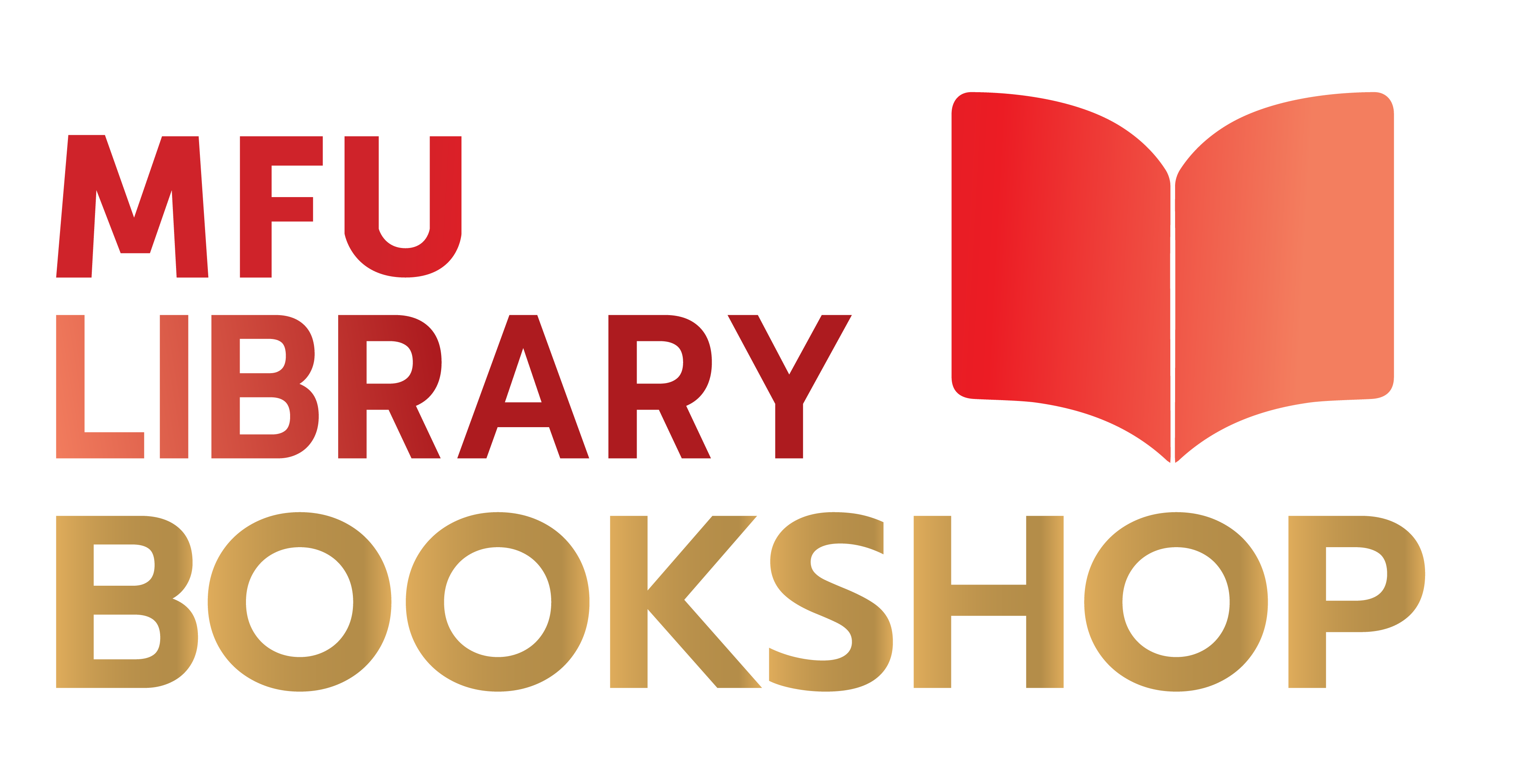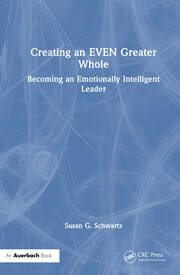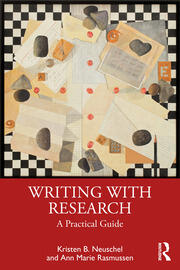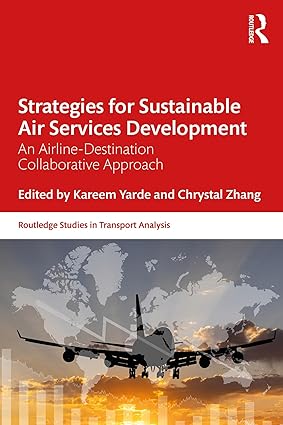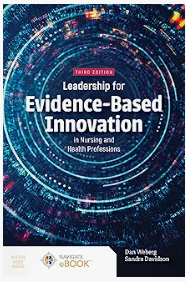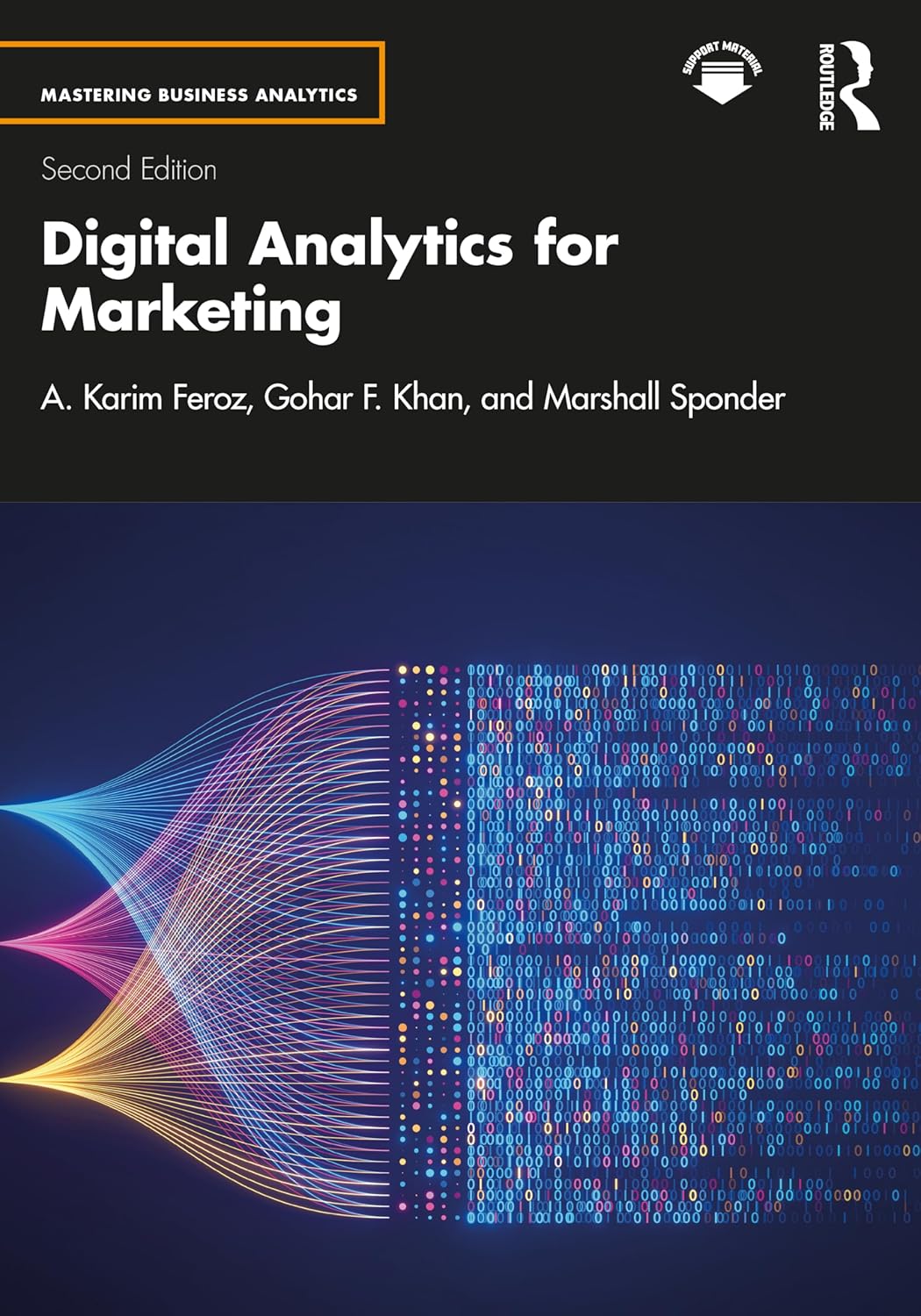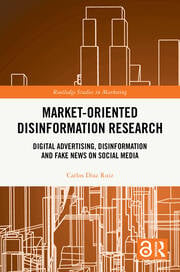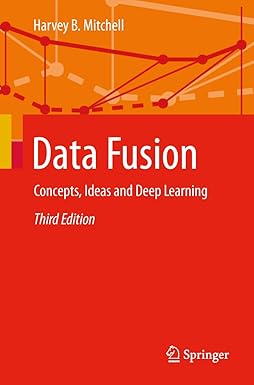
Book
Data Fusion : Concepts, Ideas and Deep Learning
ISBN : 9783662710227
Author : Harvey B. Mitchell
Publisher : Springer
Year : 2025
Language : English
Type : Book
Description : This textbook provides a comprehensive introduction to the concepts and ideas of data fusion. It is an extensively revised third edition of the author's book which was originally published by Springer-Verlag in 2007 (first edition) and 2012 (second edition). The main changes in the new edition are: NEW MATERIAL. A new chapter on Deep Learning and significant amounts of new material in most chapters in the book SOFTWARE CODE. Where appropriate we have given details of both Matlab and Python code which may be downloaded from the internet. FIGURES. More than 40 new figures have been added to the text. The book is intended to be self-contained. No previous knowledge of data fusion is assumed, although some familiarity with basic tools of linear algebra, calculus and simple probability is recommended. Although conceptually simple, the study of data fusion presents challenges that are unique within the education of the electrical engineer or computer scientist. To become competent in the field, the student must become familiar with tools taken from a wide range of diverse subjects including deep learning, signal processing, statistical estimation, tracking algorithms, computer vision and control theory. All too often, the student views data fusion as a miscellaneous assortment of different processes which bear no relationship to each other. In contrast, in this book the processes are unified by using a common statistical framework. As a consequence, the underlying pattern of relationships that exists between the different methodologies is made evident. The book is illustrated with many real-life examples taken from a diverse range of applications and contains an extensive list of modern references.
